
Learn about the different factors that go into water heater gas valve replacement costs to see if you should DIY the project or call a pro.
Don’t let your hot water run out of steam


Every time you start your day with a refreshing hot shower, this simple comfort is made possible by your trusty water heater. Given that hot water is a daily necessity for most homeowners, routine maintenance is the best way to avoid unexpected issues and shiver-inducing showers. Before you get cold feet about doing the work yourself, follow these nine preventative maintenance tips to keep your water heater working and hot water flowing year-round.
Regularly maintaining your water heater is crucial to keep it running smoothly and efficiently. Not to mention a well-running water heater can keep your water and energy bills in check. Give your water heater a thorough inspection every one to two months. Between these detailed check-ups, take a few minutes (or seconds) to do a quick visual inspection whenever you walk by your unit. Check for unusual sounds, visible leaks, or signs of rust or corrosion. Getting ahead of these issues can help you avoid major plumbing problems, like leaks or an overheating water heater.
Water heater repair costs can be expensive, ranging between $221 and $980. It’s better to get ahead of the issues so you can save on hiring a water heater repair professional each time a problem spirals out of control.
Flush your water heater once a year. Most homeowners can get away with flushing the tank annually, but if you live in an area with hard water—where high mineral content is the norm—add a water tank flush to your calendar every six months. Water heaters collect sediments (limestone, chalk, etc.) that are naturally in our water. These minerals settle at the bottom of the tank and, if left unchecked, can leave you standing by the sink or outside the shower waiting for your water to heat up.
Draining and flushing your water heater can take a few hours, but it’s a simple preventative maintenance project that helps make sure your water heater delivers hot water whenever you need it.
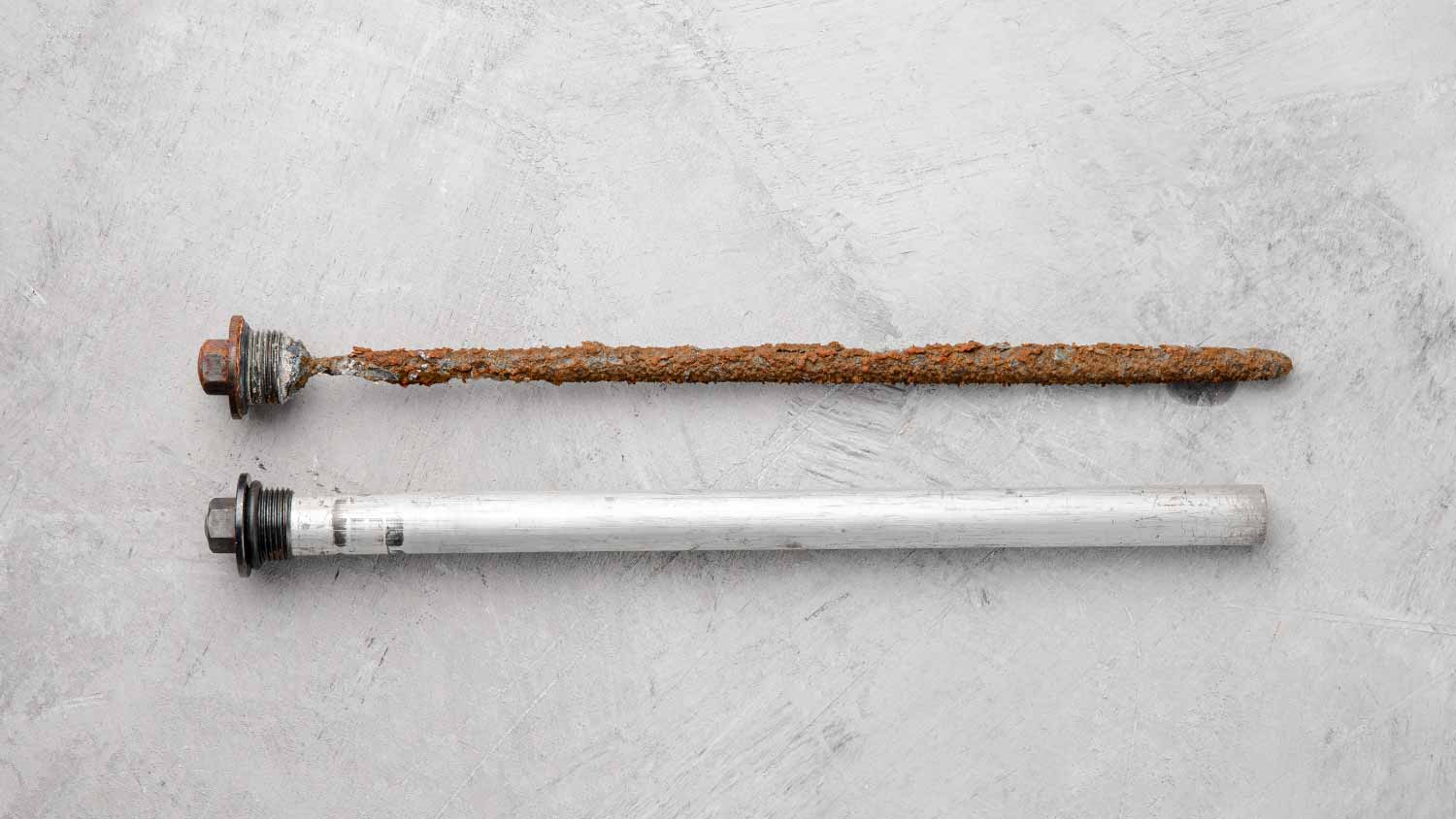
During your inspections, check the anode rod for signs of erosion. The anode rod isn’t meant to last as long as your water heater. Consider it a “sacrificial rod” designed to wear down while protecting the tank.
Water makes your water heater susceptible to minerals and sediments that cause rust and corrosion. Instead of letting these minerals corrode the tank, the anode rod attracts and absorbs them, sacrificing itself so the tank stays in good condition.
Remove the anode rod and inspect it. If more than 50% of the metal has deteriorated, it’s time for a replacement. Most water heater manufacturers recommend replacing the anode rod once every three to five years, but you may need to change it more frequently if you have hard water.
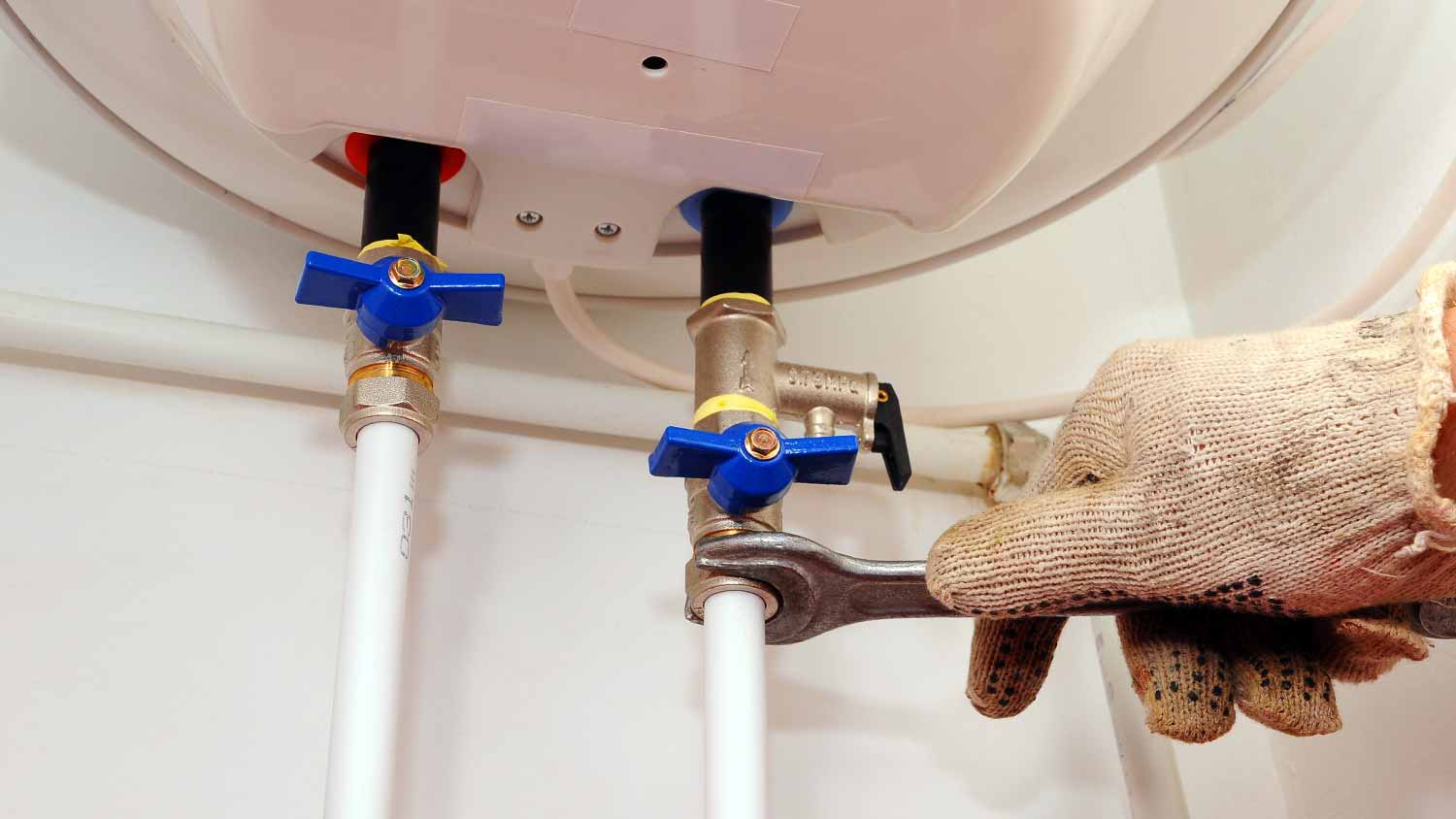
Leaks, no matter how small, can cause significant water damage over time. Beyond the potential property damage—structural issues, stained walls, and mold growth—a leaking water heater means less hot water and more energy costs. Water pooling around the base is the most obvious sign of a water heater leak but not the only one. Check your water heater pipes and connections for smaller clues, like wet spots. Tighten any loose connections. Taking a few minutes to check for leaks can help you save money and extend the life of your water heater.
The temperature and pressure relief (T&P) valve is a safety mechanism on water heaters to prevent overpressurization. Water heaters naturally fill with pressure, and the valve is designed to release excess pressure so it doesn’t get too high in the tank. If the T&P valve doesn’t work properly, it’ll become overpressurized, and your water heater might explode.
Test your T&P valve annually and have it checked by a professional every five years. During your inspection, place a bucket under the discharge pipe. Lift the valve’s tab to release some water. If water flows freely and stops when you release the tab, it’s in working order. If no water comes out or it continues to flow after you release the tab, it’s time for a replacement.
Your water heater’s venting system helps prevent backdrafting, which can lead to a build-up of dangerous fumes inside your house. The vent system is designed to move gases like carbon monoxide through the vent and outdoors, but this becomes exceedingly difficult if your venting system is blocked.
Check your water heater’s venting system for debris, dirt, or any other blockage. Regular cleaning will make sure your system has open ventilation and keep toxic gases out of your walls and body. Protecting yourself and your family is the biggest benefit to cleaning your venting system, but some added perks include the warm showers and lower energy bills of a well-working water heater.
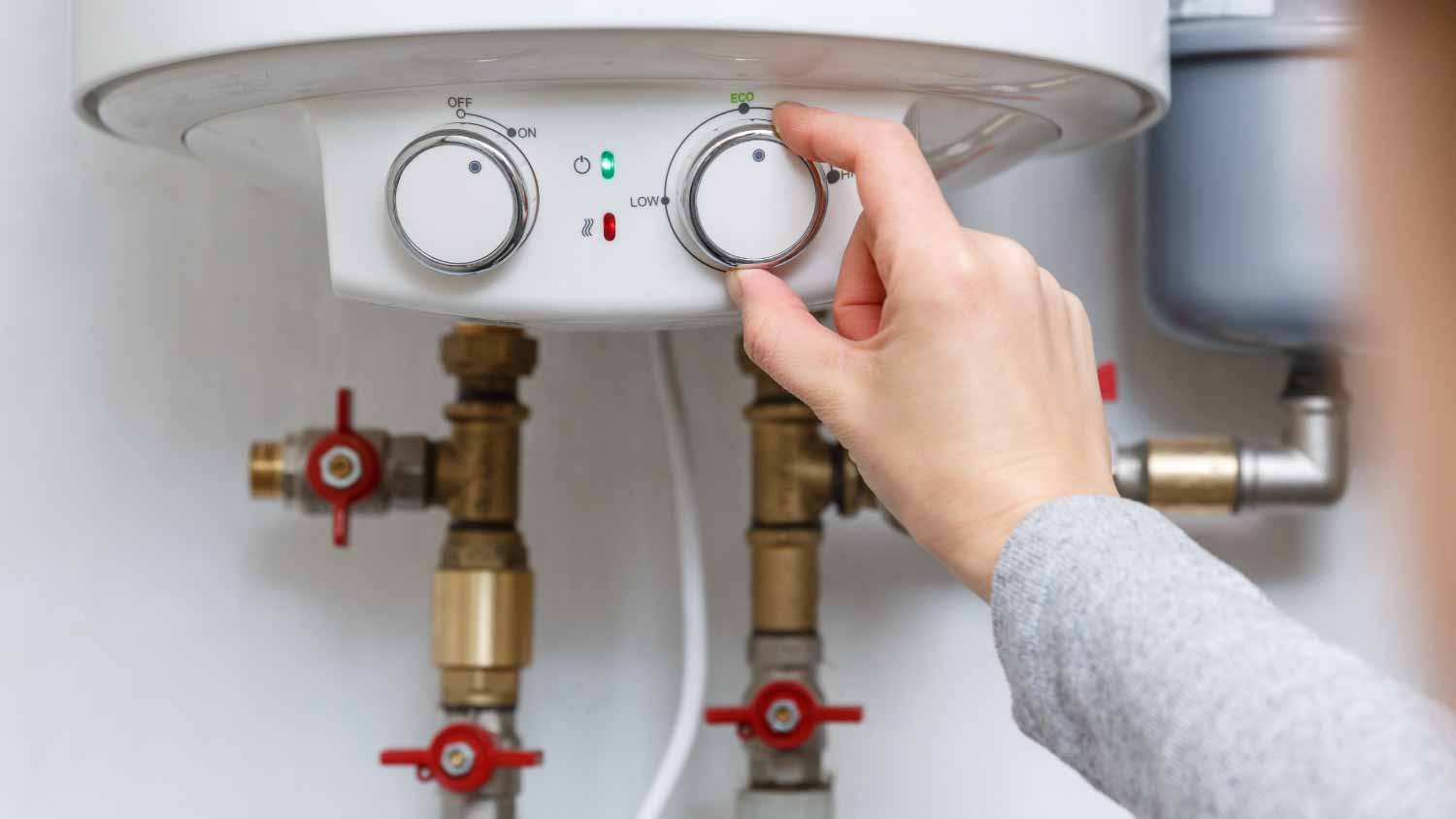
Your water heater’s thermostat controls the temperature of the water in the tank, so if your water is too hot or too cold, it could be a thermostat issue. To change the temperature on your water heater, start by turning off the power source—electricity for electric water heaters or gas for gas water heaters. Remove the access panel to find the thermostat display. Adjust the temperature.
The ideal temperature for a water heater is between 120 and 140 degrees Fahrenheit. Make sure you don’t set it too low or too high. If the water temperature is too low, it can cause bacteria and mineral build-up in your water. If it’s too high, this could result in high energy bills and water that’s hot enough to burn you.
If you’re going on a much-needed vacation and will be away for more than three days, switch your water heater to vacation mode. It will still be on, but it will save energy by not heating the water.
By insulating your tank, you can help your water heater keep its water hot. This upgrade can cut standby heat loss—the heat a water heater wastes while not being used. You can enjoy the instantly noticeable savings on your bills and the long-term benefits of a long-lasting water heater. To insulate your water heater, wrap an insulated blanket around the tank and any nearby pipes. Be sure to check your water heater’s instruction manual for further safety instructions.
You have to call in the experts. Schedule an annual water heater inspection with a licensed plumber. Not only are they the best expert to check your system, but you can also give them a call to fix your water heater.
Your preventative maintenance throughout the year is the foundation to keeping your water heater in good shape and spotting any issues worth calling a professional for. During their check-up, your plumber will repeat a lot of the work you did throughout the year—perform visual inspections, test the T&P valve, and flush the tank—and more. They’ll check water quality, check the gas line (for gas heaters), and test the heating element (for electric heaters).
Your water heater is likely an invaluable part of your home. To maintain your comfort, cost savings, and peace of mind, contact a professional to ensure that your water heater works safely and efficiently.
From average costs to expert advice, get all the answers you need to get your job done.

Learn about the different factors that go into water heater gas valve replacement costs to see if you should DIY the project or call a pro.

While solar water heater costs are a bit higher than a standard system, this energy-saving option could pay for itself in a few years. Here’s what you need to know.

Running out of hot water too quickly or hearing strange noises when you call for hot water? Use this water heater repair cost guide to see what a fix will cost.

Testing a water heater thermostat starts with shutting off the power and using a multimeter. Follow this guide on how to test your water heater thermostat.
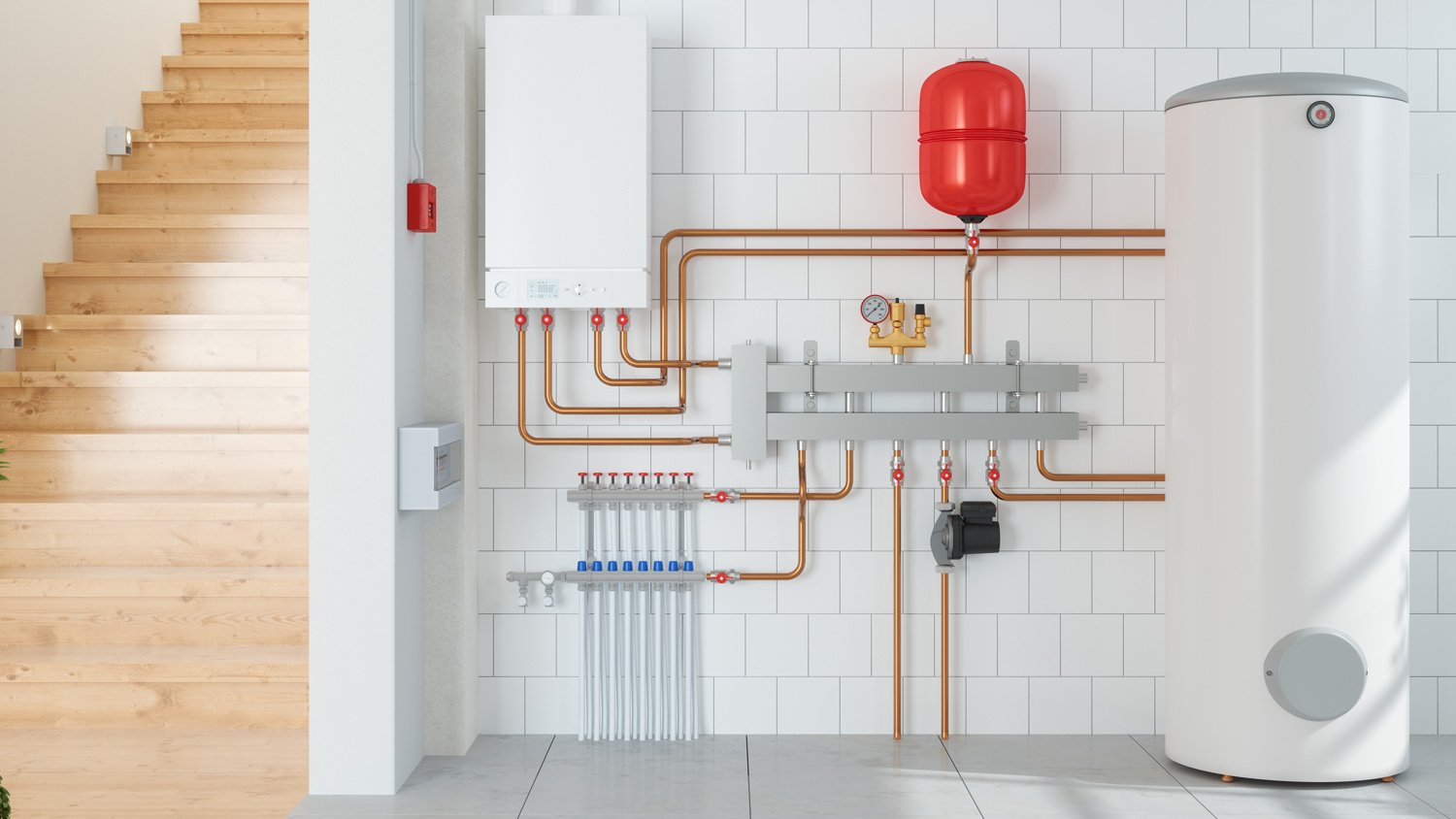
What is a water heater expansion tank? It's a feature on some types of water heaters that allow pressure relief. Find out more about how it works.
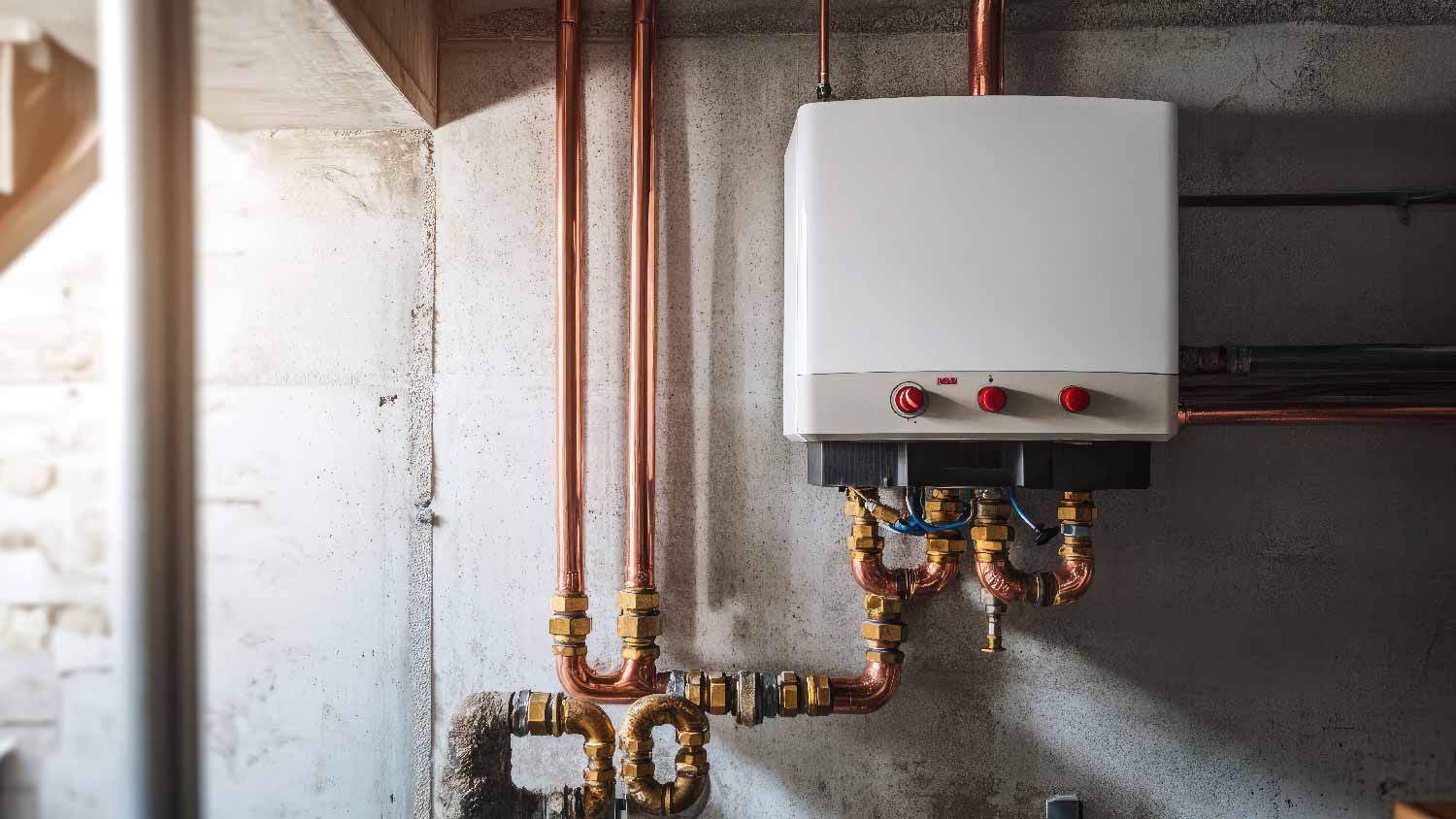
The right water heater wire size keeps your home safe and your water hot. Learn how to choose which size your household needs.